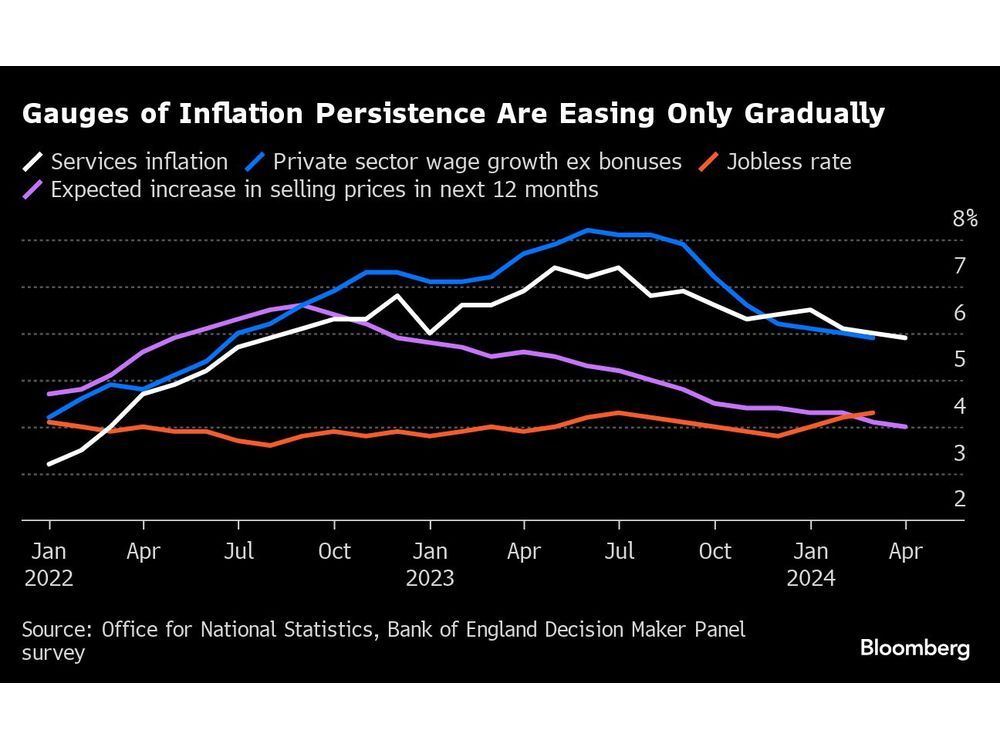Follow us on LinkedIn
Retailers and wholesalers may purchase inventory from various suppliers to sell further. These businesses exist to invest money in goods from other companies and market them as a part of their operations. However, these goods do not constitute their finished goods. Instead, they classify as merchandise inventory.
What is Merchandise Inventory?
Merchandise inventory refers to the goods a company possesses and is available for sale to its customers. This type of inventory is prevalent in the retail and wholesale sectors, where products get purchased from manufacturers or distributors and then sold to consumers at a profit. This inventory can include several items, such as electronics, clothing, furniture, food products, etc.
Companies may categorize merchandise inventory by product type, supplier, or location, depending on its needs. It is a fundamental element in the operations of many businesses. However, accurate record-keeping of merchandise inventory is critical for businesses that rely on it. This way, companies can minimize the risks associated with under or over-stocking and can make informed decisions about their inventory management processes.
How to calculate Merchandise Inventory?
Companies can calculate merchandise inventory by adding up the cost of all goods in their possession and available for sale to customers. This calculation includes the cost of the products and any additional expenses incurred in obtaining and preparing them for sale. For example, the latter category may consist of shipping or labour costs.
A common method of calculating merchandise inventory is with the help of the cost of goods sold (COGS) formula. This formula involves subtracting the cost of goods sold during a specified period from the cost of goods available for sale during the same period. Therefore, companies can calculate merchandise inventory as follows.
Merchandise inventory = Opening inventory + Purchases – Closing inventory
The formula for merchandise inventory can provide the value of goods a company possesses and can sell to customers. However, the valuation for inventory may differ over time based on the technique used to determine the cost of goods sold.
What is the accounting for Merchandise Inventory?
The accounting for merchandise inventory involves tracking the value of goods that a company purchases or produces for sale to customers. Several steps may be a part of this process.
Firstly, companies purchase goods from different suppliers. They must account for these goods under the relevant accounting standards for inventory. As mentioned above, it may involve adding additional costs to the purchase price of the goods obtained from various suppliers. Over time, these purchases build up to constitute merchandise inventory for a company.
Once companies have merchandise inventory, they can sell it to their customers. This process involves using one of the accepted inventory valuation methods to determine the cost of the goods sold. Usually, these include FIFO (First-In, First-Out), LIFO (Last-In, First-Out), and weighted average methods. Companies must also choose between perpetual or periodic approaches to evaluating inventory.
Conclusion
Merchandise inventory includes products that retailers or wholesalers purchase from suppliers and make available for sale. Essentially, it is the same as a typical inventory with similar implications. However, the name differs, meaning that these are goods that the company has acquired from suppliers for resale. Companies can calculate merchandise inventory through the COGS formula and various inventory valuation techniques.
Further questions
What's your question? Ask it in the discussion forum
Have an answer to the questions below? Post it here or in the forum





Prime Minister Keir Starmer’s promise to “get Britain building again” will quickly face a shortage of skilled workers in the very industries he’s hoping will power the turnaround.